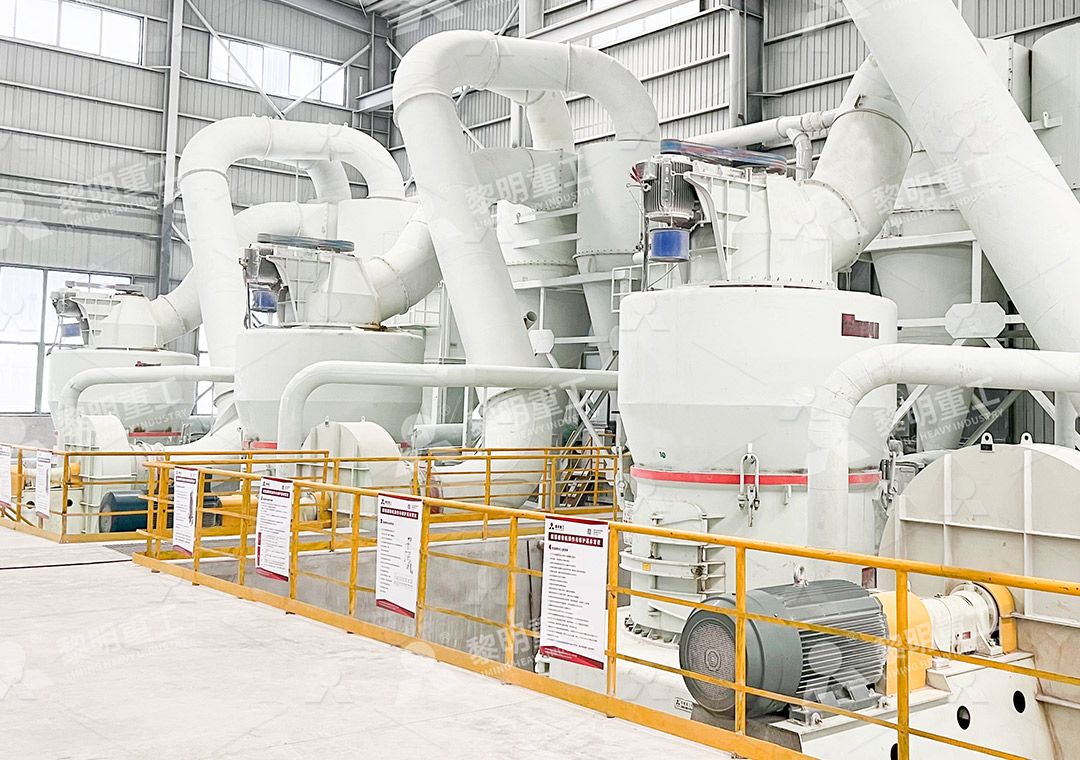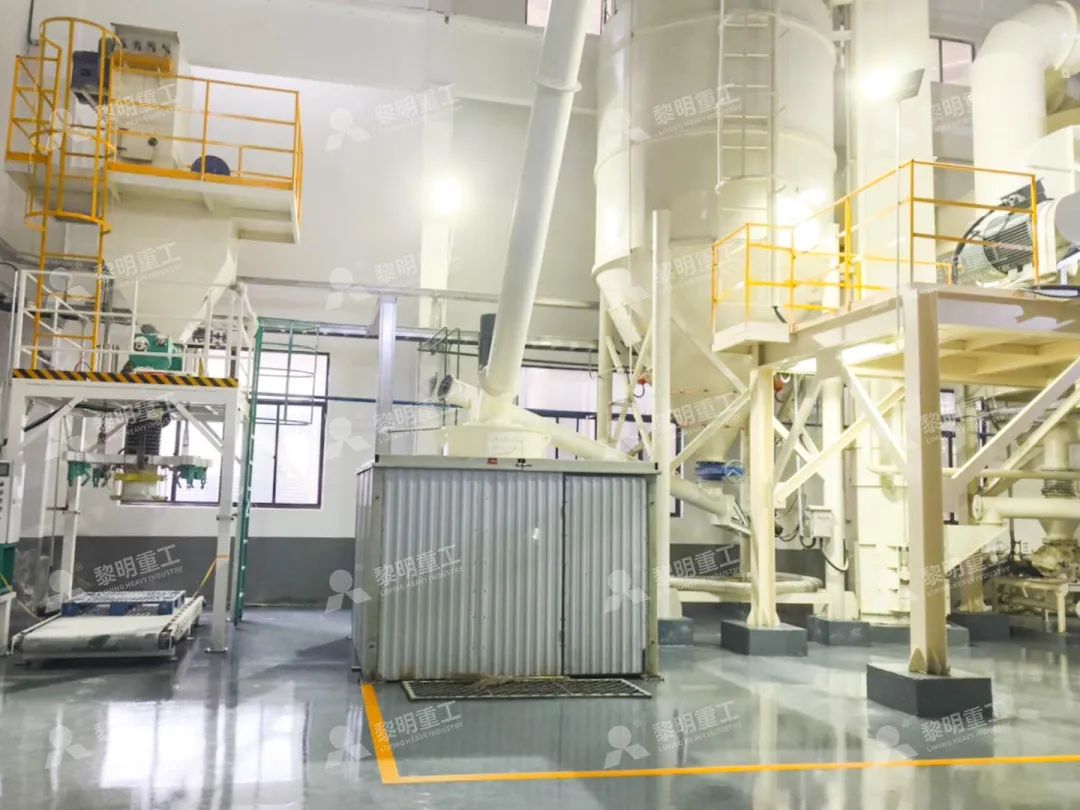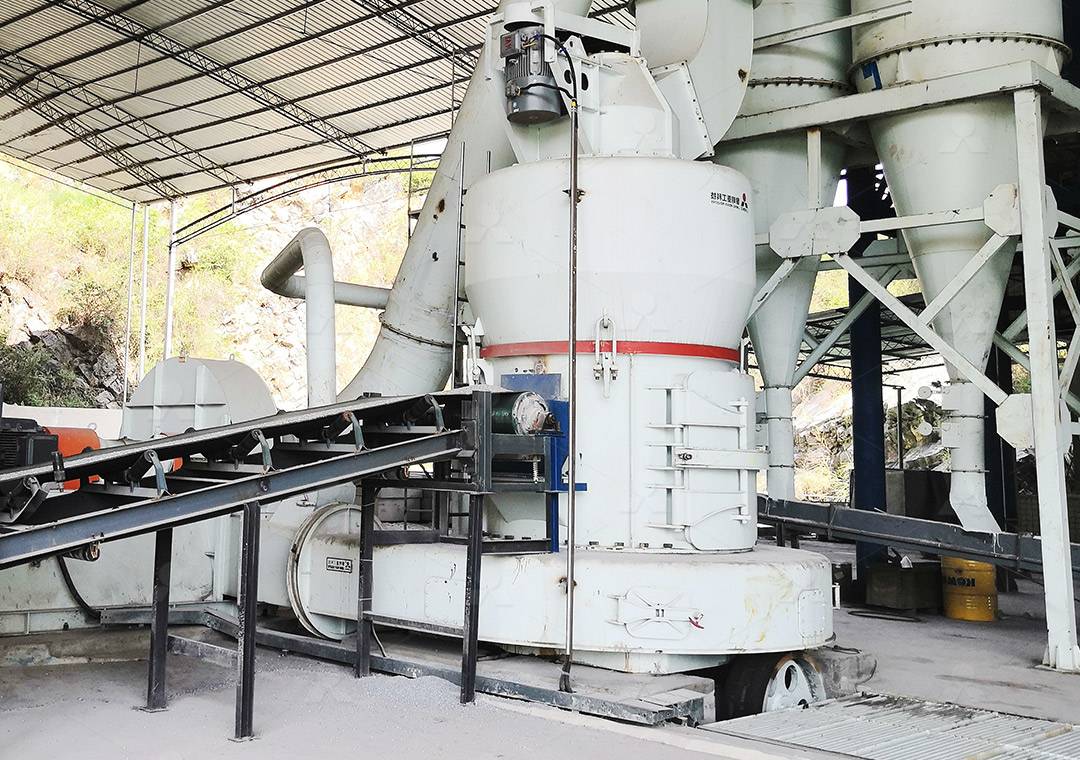2500 Mesh Wollastonite Grinding Mill: Key Features and Applications
Unlocking Ultra-Fine Potential in Wollastonite Processing
In the world of industrial minerals, achieving consistent ultra-fine grinding presents significant technical challenges. Wollastonite, with its unique acicular structure and widespread applications from plastics to ceramics, demands specialized milling solutions to reach the coveted 2500 mesh fineness while maintaining particle morphology and chemical purity.

Traditional grinding approaches often fall short when targeting the 2500 mesh range (approximately 5 microns). Equipment limitations, energy inefficiency, and contamination concerns create bottlenecks in production. The industry requires mills that can deliver precise particle size distribution without compromising on throughput or operational costs.
Technical Breakthroughs in Ultra-Fine Grinding Technology
Modern grinding solutions have evolved to address these challenges through innovative engineering. The key lies in optimizing grinding mechanics, separation efficiency, and system integration to achieve previously unattainable fineness levels with economic viability.
For operations targeting 2500 mesh wollastonite powder, our MW Ultrafine Grinding Mill represents a significant advancement. With an adjustable fineness range between 325-2500 meshes and capacity reaching 0.5-25 tph, this system eliminates traditional limitations through German-engineered cage-type powder selection technology. The precision separation achieves d97≤5μm in a single pass, ensuring consistent product quality while reducing energy consumption by 30% compared to conventional jet milling systems.

Application-Specific Advantages for Wollastonite Processing
The unique properties of wollastonite make it particularly suitable for advanced applications when processed to 2500 mesh fineness. In polymer composites, the ultra-fine acicular particles provide enhanced reinforcement and improved impact resistance. For ceramic formulations, the controlled particle size distribution ensures optimal sintering behavior and mechanical properties.
Another exceptional solution for high-value wollastonite applications is our LUM Ultrafine Vertical Grinding Mill. Integrating the latest Taiwanese grinding roller technology with German powder separation systems, this mill delivers superior product whiteness and cleanliness – critical factors for premium applications in paints, coatings, and advanced ceramics. The reversible structure design simplifies maintenance, while multi-head powder separating technology enables precise control over final product specifications.
Operational Excellence and Environmental Compliance
Beyond technical performance, modern grinding systems must address environmental and operational considerations. Advanced pulse dust collectors and integrated muffler systems ensure compliance with stringent emission standards while maintaining a clean working environment. The absence of rolling bearings and screws in the grinding chamber of the MW series eliminates common failure points, extending operational lifespan and reducing maintenance downtime.

Digital processing technologies further enhance operational precision, with numerically controlled machining ensuring exceptional accuracy in core components. This manufacturing approach guarantees consistent performance and facilitates worry-free operation through comprehensive technical support and genuine spare parts availability.
Frequently Asked Questions
What is the typical energy consumption for grinding wollastonite to 2500 mesh?
Our MW Ultrafine Grinding Mill reduces energy consumption by approximately 30% compared to traditional jet mills and 40-50% compared to ball mills for the same output and fineness, thanks to optimized grinding curves and efficient separation systems.
How does the mill prevent contamination of the wollastonite product?
The grinding chamber design eliminates rolling bearings and screws, removing common sources of metallic contamination. Additionally, the use of wear-resistant materials in grinding components minimizes mechanical wear that could affect product purity.
Can the same mill process other calcium-based minerals?
Absolutely. Both the MW and LUM series mills effectively process various non-metallic minerals including calcite, dolomite, limestone, and talc, with quick adjustment capabilities between different material specifications.
What maintenance requirements should operators anticipate?
The maintenance-friendly designs feature external lubrication systems allowing continuous 24/7 operation. The LUM mill’s reversible structure enables easy access to grinding components, significantly reducing maintenance time and associated costs.
